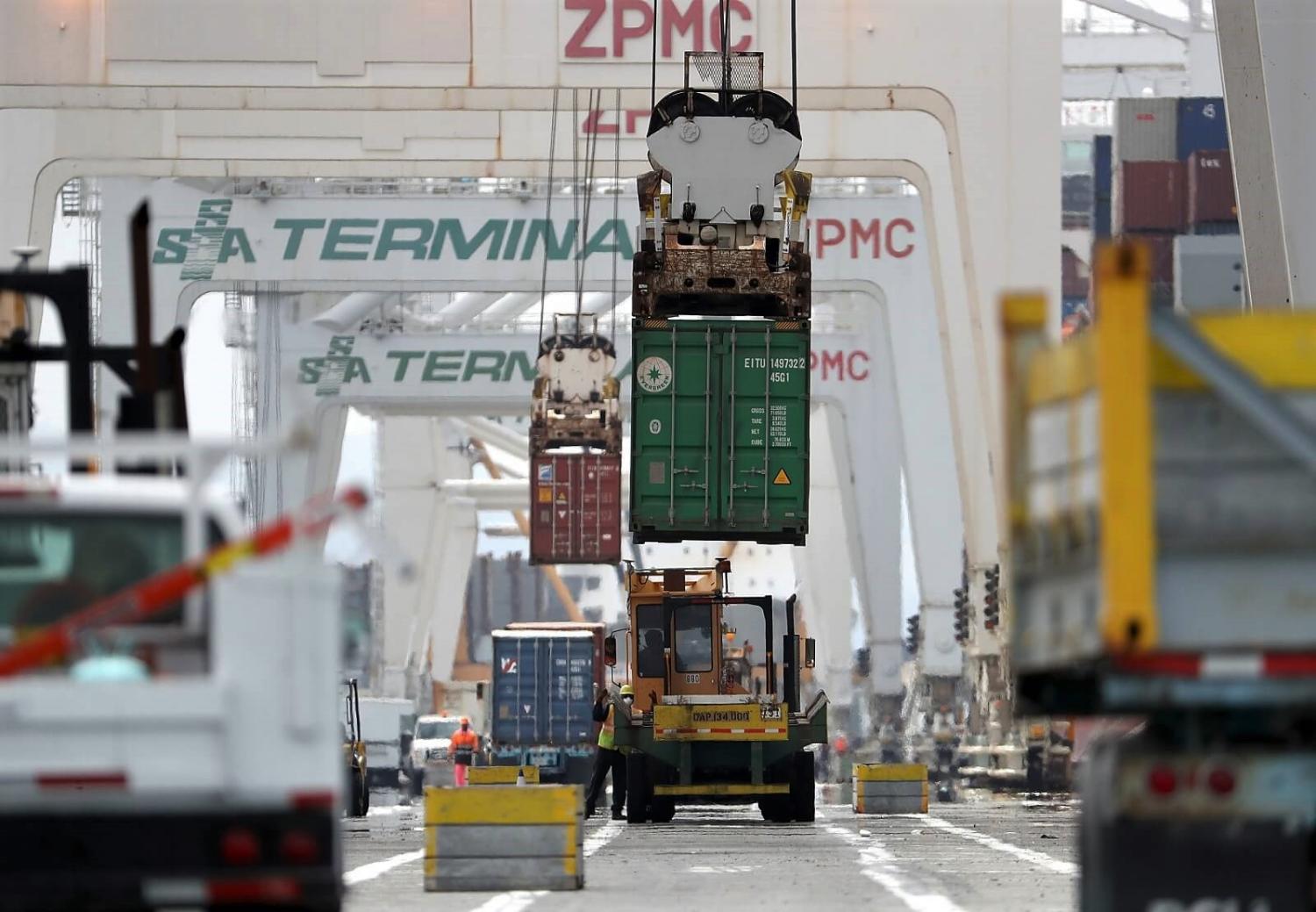Amid the clamour of the current shouting-match about tariffs, two sometimes-forgotten facts in international trade should be noted. First, tariffs are not the only distortion. Second, none of the countries involved in the current battles is without sin when it comes to trade restrictions.
Tariff barriers have certainly come down dramatically since the Second World War (which makes US President Donald Trump’s reversal of this trend all the more shocking). Much is made of the tiny levels of average tariffs and the low percentage of imports that are subject to tariffs.
But, as if in defence of his own actions, Trump is able to point to Canada’s 280% tariff on milk products above quota, and Europe’s 10% tariffs on car imports. How should we compare relative tariff turpitude?
Average tariffs are low in all advanced countries. There are a few tricks behind the numbers. Averages are usually calculated by dividing tariff revenue by import value. If a tariff is high enough to seriously constrain imports, it will have a small weighting in the calculation because there are hardly any imports. A tariff big enough to exclude all imports of an item doesn’t register at all in a country’s average tariff level.
American tariff revenue is 2.4% of imports, while Europe’s is 3.0% and Canada’s is 3.1%. America might seem to sin a little less than the others, but it has higher tariffs on fewer items, so the average measure makes it look better. This measure also excludes a range of tariff-like measures – anti-dumping, safeguards, and countervailing duties – which America uses more than other countries.
In any case, tariffs are no longer the main restraint on trade: behind-the-border measures are more important.
Europe has its massive CAP program to subsidise its agriculture. America also has subsidies, protection, and “voluntary restraint” by foreign producers, which all serve to protect its inefficient sugar industry. Japan has no tariffs on imported cars, but its minuscule imports reflect detailed regulatory requirements, as well as the legitimate advantage of producing cars that its consumers regard as superior.
Quotas, rules of origin, government tendering favouritism, and labelling are all used by everyone to protect their local industries. When it comes to services, there are a multitude of requirements all countries use to limit the role of foreigner suppliers. The Jones Act, for example, requires goods shipped between American ports to be carried by American-built ships, American-owned, with American crews.
Of course, some of the hurdles, such as consumer safety and biosecurity, are well-justified. It is only incidentally that these measures give protection to the local industry, but it is protection just the same. Recall New Zealand’s long battle to export apples to Australia.
Everyone has an anecdote about blatant trade restrictions on a par with Trump’s Canadian milk tariff example. My favourite concerns the efforts of the Reserve Bank of Australia, some decades ago, to sell Australia’s innovative polyester banknote technology in the US. The law requires US banknotes to be printed on paper, so polymer wasn’t a starter. If this wasn’t enough to protect the local industry, the monopoly supplier – Crane Paper – had additional, powerful protection from then senator Ted Kennedy. Thus, America continues to have second-rate banknote technology that is both expensive to maintain and subject to considerable counterfeiting.
In short, “the pot is calling kettle black” just about everywhere. Is there any sliver of silver in this overcast outlook?
When Trump took America out of the Trans-Pacific Partnership, the remaining 11 members not only went ahead towards ratifying the treaty, but also put aside some of the intellectual property clauses inserted at the behest of America’s pharmaceutical industry. Less intellectual property protection will probably foster innovation by allowing a wider group of researchers to build on existing knowledge.
America’s departure from the TPP also slightly softened the stance on Investor-State Dispute Settlement, which may encourage wider membership. Thailand and Indonesia seem ready to join. China is not on the list (and Japan may be content to keep things that way), but an initiative in this direction would demonstrate that life goes on in the world of trade, even without Trump’s America.
The damage that a full-blown trade war might do shouldn’t be understated, especially as financial markets will react with their usual contagious panic, and this might trigger more serious underlying vulnerabilities, such as emerging-economy dollar-denominated debt, or China’s financial fragility. And it looks like Trump favours using tariffs as a bargaining ploy.
But it might be worth quoting Trump himself: “Tariffs will come way, way down”; “No tariffs, no barriers. That’s the way it should be.” It’s just possible that when the arm-wrestling is over, trade in services, rules on intellectual property, and international investment might have fewer hidden protections than they have at present.

